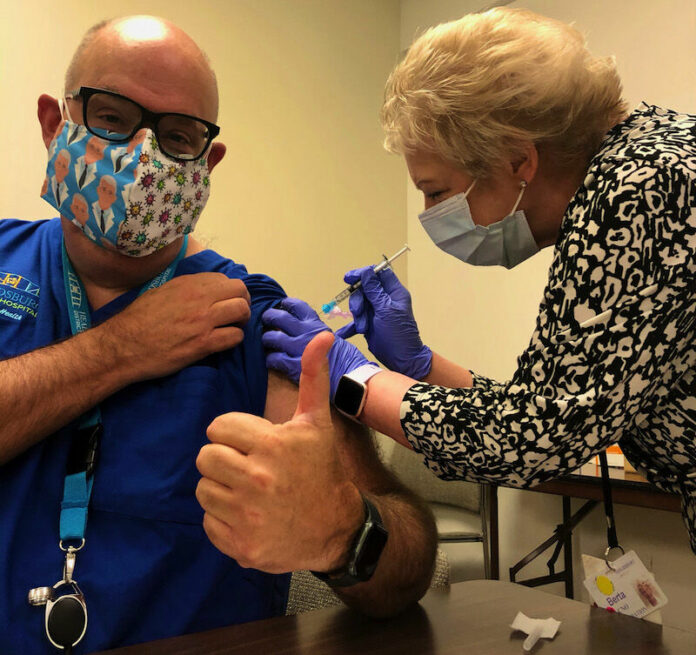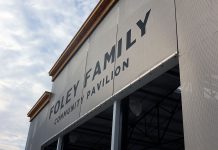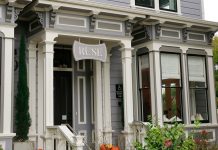After staffing the front lines of the COVID-19 pandemic defense for nearly a year, the health care workers at Healdsburg District Hospital (HDH) this week were being rewarded by receiving the first doses of the coronavirus vaccine that is being rapidly deployed by the federal government and its manufacturer Pfizer-BioNTech.
As of mid-day on Dec. 21, 58 hospital employees had been inoculated with the vaccine, representing half of the total of “high risk” employees scheduled for their first of two doses. The remainder of the hospital’s 300 employees will receive the vaccine over coming weeks as limited quantities of the serum are being rationed among the county’s six hospitals and 177 assisted living and long term care facilities.
Last week the county received 5,000 doses of the Pfizer-BioNTech vaccine and a delivery 5,800 doses of a second vaccine from Moderna was set to arrive here mid-week. Both vaccines are being administered under protocols set by the federal Center for Disease Control and Prevention (CDC) and coordinated by the county’s public health department.
Chief of Staff Dr. Gary LeKander said the first day of mass vaccinations went smoothly and faster than anticipated. The largest effort was completing all the required paperwork to track each individual’s case and set schedules for a required second dose, due in 21 days.
“Everyone here has been doing lots of extra work and shifts,” said LeKander. “Everyone’s a bit tired but we’re pulling through.” The physician, who lost his house in the 2017 Tubbs Fire, credited the hospital staff for being resilient. “I know it sounds corny, but’s true.”
Vaccinations for the general public are still as much as three months away, said LeKander, based on information he received from the county.
“There are still too many unknowns to know exactly when this will happen,” he said.
The hospital this week had two COVID-19 patients, among a total of 66 hospitalized cases at all county hospitals. The county is experiencing a new surge of positive COVID-19 cases along with all of California and all parts of the country. There have been 174 local deaths and this week there are over 4,000 active COVID-19 cases. The state and county public health offices have placed strict shelter-in-place restrictions on public places and all non-essential businesses at least through mid-January.
Under federal contracts, no-cost vaccinations will eventually be available to the public at local CVS and Walgreens stores, as well as from local health care facilities. Aggressive testing for the coronavirus is still taking place and officials continue to stress that everyone wear facemasks, wash hands and practice social distancing.
When available, LeKander strongly advises that everyone take the vaccine. “This vaccine is based on a messenger RNA model and there is absolutely no threat of it embedding in a person’s DNA. Contracting the virus from this vaccine is not physically possible.”
The doctor recognized that “anti-vaxxing” beliefs exist locally and confessed, “no matter what we say, there are some minds we will not be able to change.”
The 2020 COVID-19 virus outbreak is not the first virus mobilization for LeKander. Before arriving to Healdsburg in 2000, LeKander encountered a hantavirus outbreak in 1993 which became known as the Four Corners Outbreak, as it took place in Colorado, Arizona, New Mexico and Utah. “It was extremely fatal, nearly 90% of all cases resulted in deaths,” he remembered.
The virus was spread by deer mouse droppings. Most of the victims were Native Americans, living on reservations. There is no vaccine against the rare hantavirus and other outbreaks have been reported over the years. Patients are given oxygen therapy through ventilators, a similar treatment now being deployed in critical cases of COVID-19.









